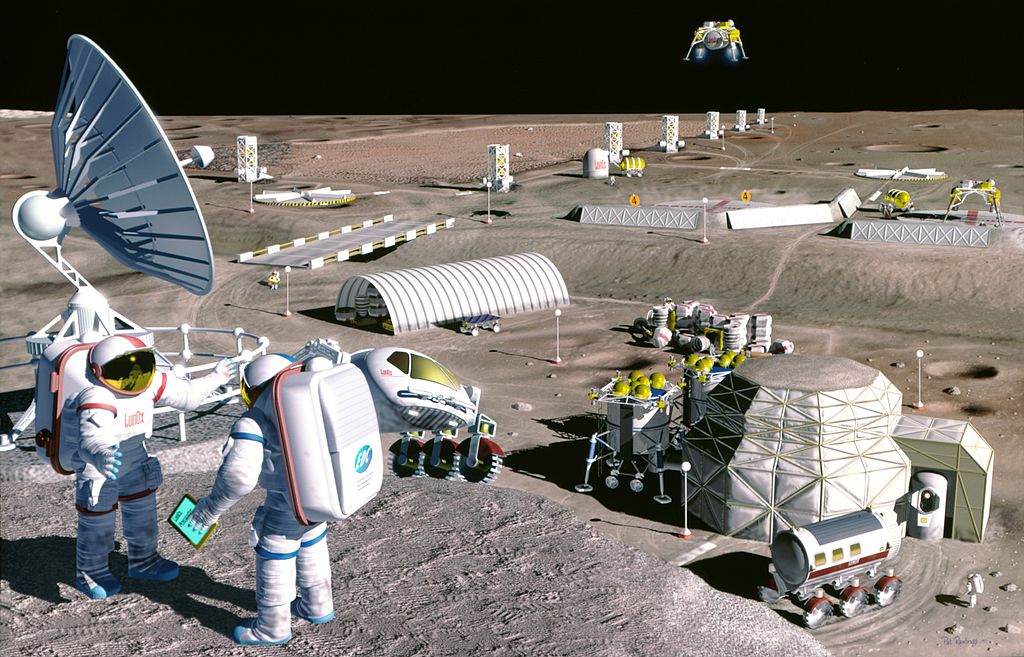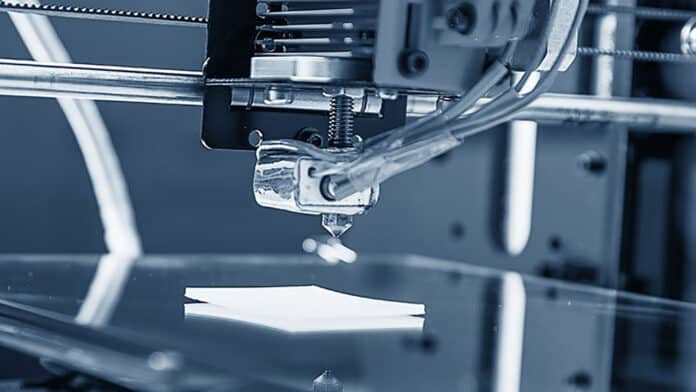Regardless of whether you are an employer or worker, a manufacturer or supplier, it is important that you are aware of the various physical hazards and safety issues associated with forklifts. This will help to ensure that the machine is always used safely and that any risks are significantly lessened. In this article, we have outlined the main hazards and issues of which you need to be aware.
Instability
Tipping over is actually the biggest danger for anyone using a forklift. There are a number of reasons why the machine might tip over, including: accelerating too quickly in reverse, braking too quickly (especially when loaded), braking or accelerating whilst going around a corner, braking or accelerating down a slope, and carrying an unevenly balanced load. Most incidents involve unloaded forklifts, as they are more unstable than a loaded one.
There are a number of things that employers and workers can do to reduce this risk, including: ensuring that seatbelts are correctly fitted and worn, reducing the speed limit at your workplace, and implementing traffic control measures.
Speed & Stopping Distances
Incorrectly applying a forklift’s brakes can cause the machine tip forward or even to lose its load. Your hazard management process should determine the speed limits appropriate to your workplace. Ensure that you also consider the stability of the forklift under braking, its stopping distances, and environmental factors. You might also want to consider reducing the speed to walking distance. Employers need to ensure that speed limits are observed and enforced.
You need to know stopping distances so that you can plan speed limits, forklift routes, and your overall traffic management plan. Unfortunately, stopping distances are severely under-estimated and can be affected by many factors.
Sprains & Strains
The occurrence of sprains, strains, and other soft-tissue injuries to the neck, back, and arms can cause long-term health problems. Common hazards that can cause injury in forklift operators include: repeatedly looking up during high stacking, repeatedly looking behind whilst reversing, repeatedly hitting bumps or driving on uneven surfaces, and using poorly positioned or poorly maintained controls. Choose a forklift that is designed to prevent these injuries.
There are a number of things that employers can do to reduce injuries associated with forklift use, including: ensuring that surfaces are even, ensuring that the seat is in good condition, and allowing for a variety of tasks.
Attachments
It is important to note that when an attachment has been fitted to a forklift, its operating characteristics might change. This can make it necessary to de-rate the machine’s capacity and restrict some of its controls. As all attachments must have rated capacities, an effective control method is to stamp the combined rated capacity on the forklift load capacity plate. You should also only use attachments that are designed for the machine for which they are intended to be used.
When selecting an attachment, employers must ensure that they have been designed by a competent person, have been manufactured by competent people, and can be used safely on the forklift.
Now that you are aware of just some of the physical hazards and safety issues that are associated with forklifts, we hope that you will take greater care in selecting one for your workplace and in operating it. Whether you are an employer, a worker, a manufacturer or a supplier, it is essential that you have taken as many of these hazards into account as possible.
Guest Post Submitted By: Andrew Mark






